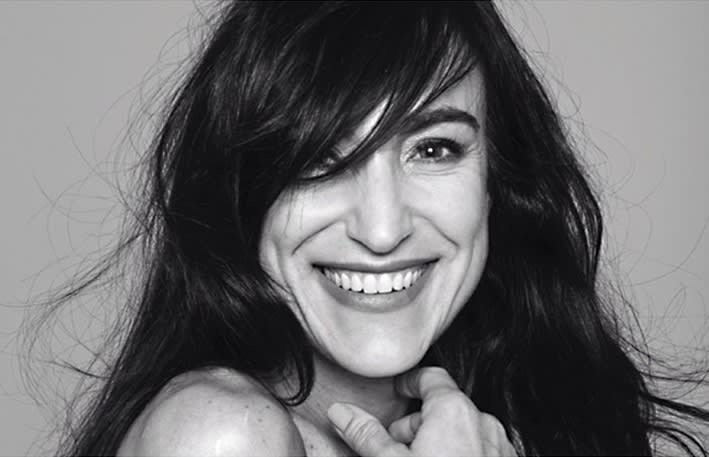Original publication in Spanish available at ArteInformado.com
Within the collaborative informative project to reflect on the future of art and our society (#pensandoelfuturo / #pensandonofuturo), born in the midst of the Coronavirus crisis, we present this new interview with Isabel Croxatto, founder and director of the gallery of the same name in Santiago, Chile, that ARTEINFORMADO offers openly so that we can continue "at home but all well informed".
ARTEINFORMADO (AI): In these uncertain times, what message of encouragement and confidence would you like to convey to all operators and actors in the art world?
Isabel Croxatto (IC): Art itself is future and is in constant change - everything affects it and everything becomes matter susceptible to being affected by new codes: the codes of the artists and of those that are part of the rich fabric that wraps it up. We will come out of this strengthened!
AI: How do you think the art system, in general, and the gallery system, in particular, will change from now on, in terms of management, exhibition, commercial relations and communication?
IC: Changes in cultural paradigms inevitably produce a polarisation at first: fanatics who think that the new is law, and detractors who think that it's an aberration and that it's the end. But time shows us that orality did not destroy body languages, that writing did not kill the myth, that the technical image did not bury the word, that serial reproducibility has not killed the original, and the virtual does not replace the face-to-face experience. What is more interesting is how all of these languages are added and empowered, and new ways of communicating new experiences appear, like the one we are living today.
Crises are opportunities, in our case, to rethink our models. I think that being limited to doing things as we used to challenges our creativity, and this opens many doors and can add very enriching layers to our management. Undoubtedly, online administration and promotional platforms that provide a service to both galleries and collectors are key to implementing new tools that make the virtual experience of an exhibition something unique. There is also an economy in this, and a contribution to the environment. I do not believe that the virtual replaces the impact on the soul that comes from encountering the work of art face to face, but it does prepare us to appreciate more and better, both the work and the possibility of being in contact with it.
AI: Have you ever thought that your organisation would need an online contingency plan for crises?
IC: We were not really prepared for a crisis of this nature, but we were attentive to the social contingency of our country and to the implosion of the world art market. It's not easy to be a gallery based in Santiago: our geographical condition means we're very far from everything and in some way isolates us, so we are constantly forced to rethink our role and refresh our strategies so that our represented artists are more present in international circuit. In our case, as participating in international art fairs that are held once a year is not enough, we also have to find other ways to be present throughout the year and continue our investments. Digital platforms and social media are very useful tools, necessary and effective to increase visibility.
With the social outburst in Chile, an alert had already been raised for us. In October we had to close the gallery for a month, and local sales stopped completely. That is why in December we had proposed a new format for collective and collaborative exhibitions, El Mundo Al Instante [The World in an Instant], which gathered the artworks of 34 artists that were selected from an open call in its first edition. The curatorial team only saw the works virtually, and this allowed us to understand that we could add the value of ubiquity. We hope to launch the second call for an online collective soon, this time on the global contingency. This is in addition to a virtual exhibition programme with our artists who have creatively accepted the challenge.
Along with this, we decided to invest. In addition to the ARTSY promotional platform, of which we are part since the beginning of our project, we have invested in the ARTLOGIC gallery administration platform, and will incorporate e-commerce on our website. It could be said that the quarantine found us working to strengthen our virtual management. We hope that these measures allow us to continue being a contribution to the scene.

